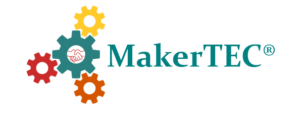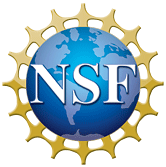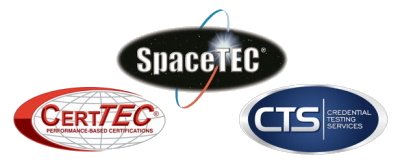 |
 |
MakerTEC® (Manufacturing Alliance Keeping Education Relevant to Technical Employee Competence) is a multi-state project awarded in September 2016 by the National Science Foundation Advanced Technological Education (NSF ATE) division, to create a Coordination Network for advanced manufacturing. The goal of MakerTEC is to enable advanced manufacturing technician education by supporting faculty, industry, and other stakeholders through communicating and coordinating their research, training and activities across disciplinary, organizational, geographic and international boundaries.
WHY IS MakerTEC® IMPORTANT to Industry?
|
|
|
|
|
WHAT does MakerTEC do?
- Survey and engage with sector stakeholders (education/training facilities, economic development commissions, workforce development boards, manufacturing collaborative alliances, manufacturing facilities) to identify their current and foreseeable future needs, competencies, and challenges.
- Collaborate with stakeholders to identify and fill missing linkages that currently exist and inhibit educational and training programs from meeting the needs of their local manufacturing employers.
MakerTEC, a division of SpaceTEC Partners, Inc., drives solutions for the aerospace, aviation, and advanced manufacturing sectors that result in greater success meeting skilled worker needs, thereby reducing hiring, training, lost time and rework costs.
 |
This material is based upon work supported by the National Science Foundation under Grant No. DUE-1601710. Any opinions, findings, and conclusions or recommendations expressed in this material are those of the author(s) and do not necessarily reflect the views of the National Science Foundation. |






